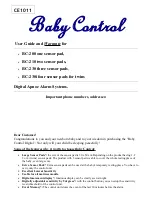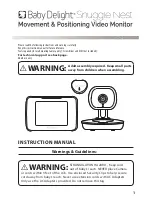
8
ENG
6. If the arm has a conic form, the cuff should be
put on with a spiral movement as shown in the
fi gure.
Fig.9
7. If the rolled-up sleeve squeezes the arm
interfering with free blood flow the Device
may give inaccurate fi gures not corresponding
to your actual blood pressure.
Fig.10
MEASUREMENT PROCEDURE
1. Connect the air hoses of the cuff and bulb to the
T-piece. Insert the T-piece into the socket on the device
casing (fi g. 11).
Make 3-5 deep inhales and exhales before taking a
measurement and relax. Do not move, do not speak
and do not toughen your arm.
2. Press .
3. All symbols will appear on the display screen
for a short time, two short sound signals will be
given (fi g. 12). After the signal, the screen shows
“0” and marker “ “ starts blinking. It means that
the devise is ready for measurement (fi g. 13).
4. Pump the cuff by pressing on the bulb up
to the pressure 30-40 mmHg higher than your
expected systolic (upper) pressure.
The value of the pressure in the cuff is constantly
displayed on the device’s screen. If the sum of
the expected systolic (upper) pressure plus
30-40 mmHg is less or equal to 190 mmHg, you may, for convenience, pump
the cuff until the signal (the device produces a sound when the cuff pressure
is 190 mmHg)
.
IF THIS SUM IS GREATER THAN 190 MMHG, CONTINUE TO PUMP THE CUFF
EVEN AFTER THE SIGNAL UP TO THE DESIRED PRESSURE, WATCHING THE
DISPLAY INDICATIONS.
Fig.11
Fig.12
Fig.13









































